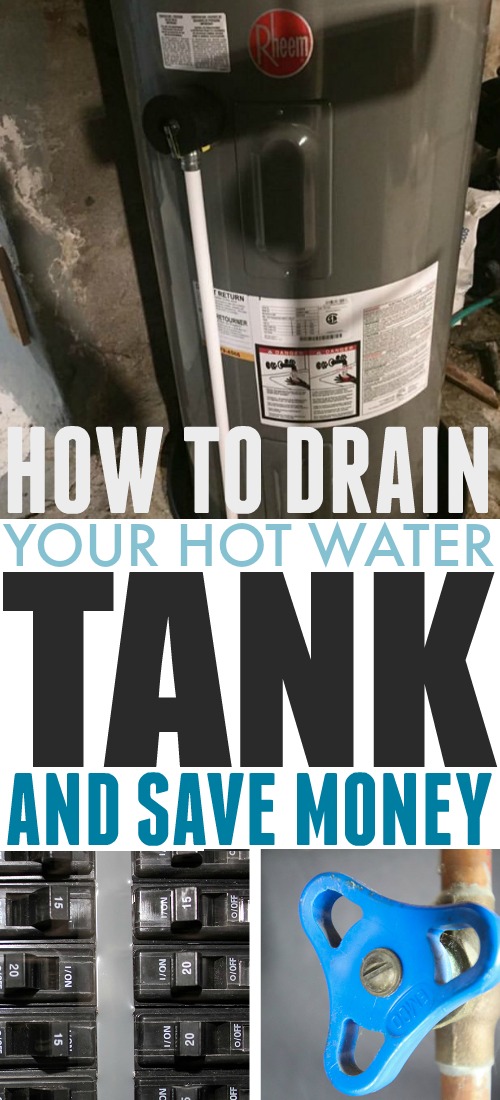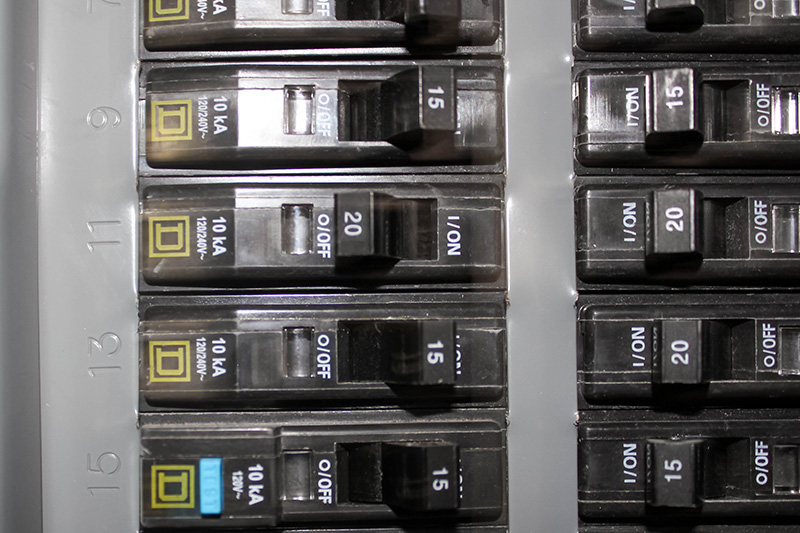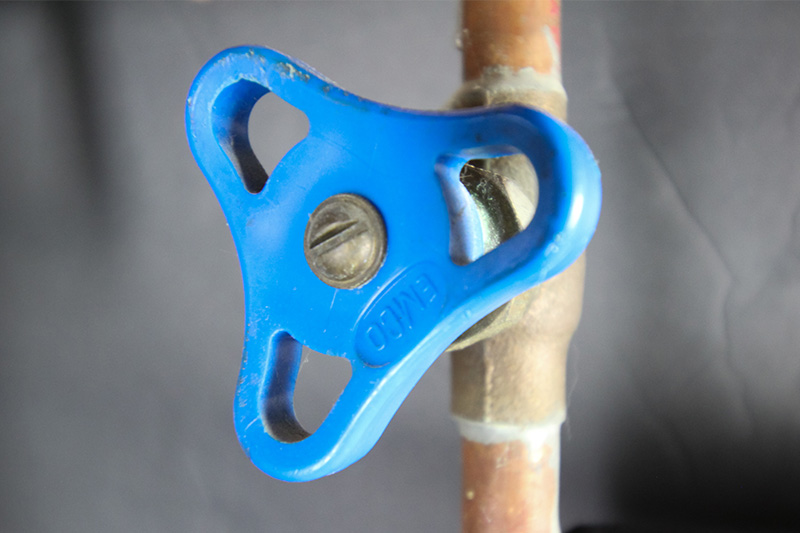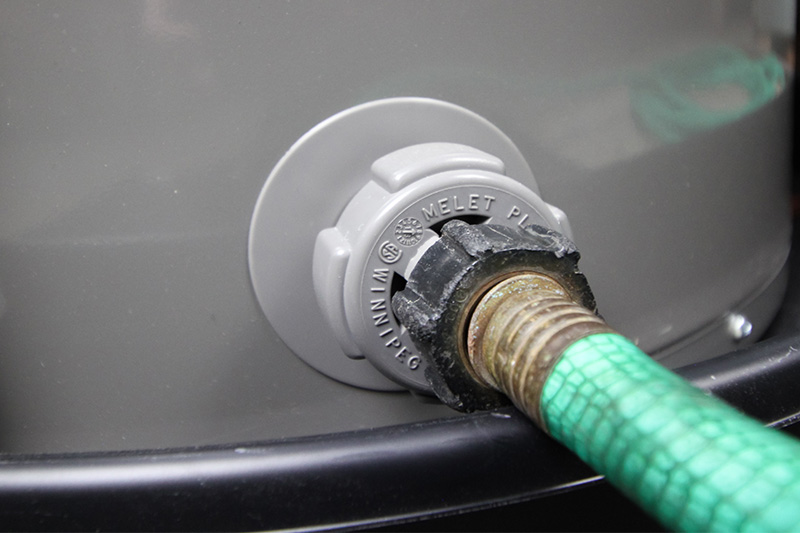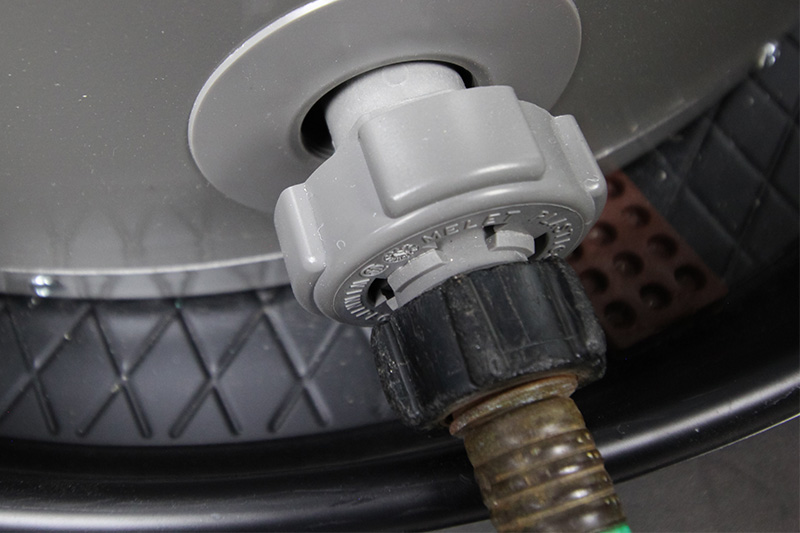This easy home maintenance task will help you save big money on repair costs and energy bills: How to drain your hot water heater tank!
If you’re like us and you’re looking for ways to save on your energy costs but you haven’t had the opportunity to upgrade to a new high-efficient, tankless hot water system then you’re going to need to know about this trick to improve the efficiency and prolong the life of that existing tank. Draining your hot water tank every so often will make the tank last longer and perform better which will save you big money!
Why Drain a Hot Water Heater Tank
Over time, your hot water tank will accumulate sludge at the bottom as minerals, sediment and other deposits present in the water supply settle at the bottom of the tank. This sludge and sediment in your hot water tank can cause break-downs, burnouts and random bursts of cold water. Sludge and sediment build-up will also impact the overall efficiency of the system. These are all things that could result in big repair or replacement bills and high energy costs.
How Often Should you Drain a Hot Water Heater
There are specific formulas and guides suggesting how often you should drain your hot water heater but let’s be realistic, if this actually gets done once a year we’re probably doing pretty good and that’s something to be proud of. If you have well water or you have a large family or take long showers, doing this more often is definitely a good idea.
How to Drain a Hot Water Heater Tank
Before you begin, make sure everyone knows that you are working on the tank so no washing machines or dishwashers get turned on. Maybe even place a sticky note or two on each machine to remind everyone. Now you’re ready to get started:
Turn off the Hot Water Heater
You’ll start by turning off the tank. This is very important for two reasons: The tank is likely filled with 120 scalding hot water so the longer the tank is off before working the better and running the unit without water in the tank could quickly destroy the heating elements causing costly repair situation. If you have an electric tank like us, it has to be turned off at the main breaker panel.
Because our home currently has an electric heater, that’s what we’re used to working with but a gas tank is easy to shut down as well. Located near the bottom of the tank is a dial with 3 settings: On, Off and Pilot. For this task we can switch it to pilot. This will save us the hassle of re-lighting the pilot later.
Shut off the Water Supply
Next, locate the cold water supply valve. This is probably located at the top of the tank with the cold pipe clearly marked on the tank. If you’re not sure, very carefully touch the pipes to see which is colder. If one pipe is covered in insulating foam, that is the hot supply, the cold is likely bare. Turn the valve all the way off.
Attach a Garden Hose to the Drain
With the power and the water turned off, we can go ahead and attached any ordinary garden house to the drain at the bottom of the tank. Now we have to decide where the water will go. Remember, gravity will take the water out of the tank so we’ll need run the hose flat or downhill. If you’re in the basement and your home has a sump pump or a functional floor drain you’re in luck. If not you may need to empty the tank into a bucket. Keep in mind, the typical residential tank contains 40 or 60 gallons of water, that’s quite a few buckets.
To let air into the system and allow the water to run freely from the tank drain, open the closest hot water tap, preferably on the floor above.
Time to Drain the Hot Water Heater Tank
Now that the hose is secure with the open end placed in a good spot where it will drain safely, you can open the valve and allow the water to drain out.
Monitor the flow of water and make sure the tank is draining properly. When the tank is empty or close to it, open the cold water valve that we shut off earlier. Adding cold water with the drain still open will flush any remaining sediment from the tank. Once the water runs perfectly clear we know the sediment has all been flushed out and the tank is ready to once again run at optimal efficiency.
Time to Finish up
You can now close the drain valve remove the hose and allow the tank to fill back up. Make sure to let the tank fill up all the way before turning anything back on. You’ll know the tank is full when water starts to come out of that tap we left open upstairs. Of course, the water is cold but don’t worry we haven’t turned the tank on yet.
With the tank full of water you can now flip the breaker for your electric water heater or, with gas, set the unit back to ‘on’.
You can now go ahead and add this to the list of annual homeownership tasks. The list is long but this is definitely one that can save you a lot of money and headaches down the road. There is nothing worse than jumping in a cold shower. Well, other than the $1200 quote from the repair guy the next day.
More Like This!
- Why You Shouldn’t Warm Up Your Car in the Winter
- Fall Home Maintenance Checklist
- Garden Equipment Maintenance Checklist
- Things to do When You Start Up Your Lawn Tractor in the Spring
- How to Install LED Light Fixtures to Replace Old Utility Lights
- How to Clean Orange Water Stains
Courtenay Hartford is the author of creeklinehouse.com, a blog based on her adventures renovating a 120-year-old farmhouse in rural Ontario, Canada. On her blog, Courtenay shares interior design tips based on her own farmhouse and her work as founder and stylist of the interior photography firm Art & Spaces. She also writes about her farmhouse garden, plant-based recipes, family travel, and homekeeping best practices. Courtenay is the author of the book The Cleaning Ninja and has been featured in numerous magazines including Country Sampler Farmhouse Style, Better Homes and Gardens, Parents Magazine, Real Simple, and Our Homes.
